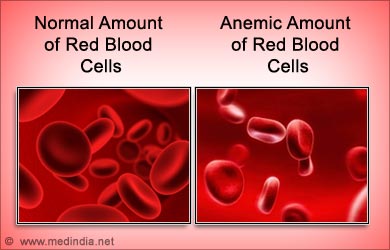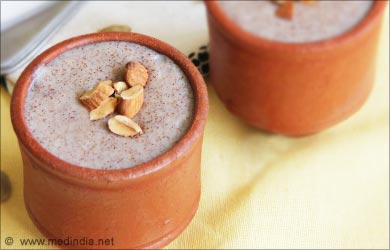P.J.
0
Purple Potatoes Help Prevent Colon Cancer
Purple Potatoes Help Prevent Colon Cancer
A group of researchers, including one of Indian-origin have discovered that compounds found in purple potatoes may help kill colon cancer stem cells and limit the spread of the deadly disease.
Jairam Vanamala, associate professor of food sciences at Pennsylvania State University in the US, explains that attacking stem cells is an effective way to counter cancer. “You might want to compare cancer stem cells to roots of the weeds,” Vanamala, an alumnus of Indian Agriculture Research Institute (IARI), New Delhi, said.
“You may cut the weed, but as long as the roots are still there, the weeds will keep growing back and, likewise, if the cancer stem cells are still present, the cancer can still grow and spread,” he noted. The researchers used a baked purple potato for the research as they wanted to make sure the vegetables maintained their anti-cancer properties even after cooking.
In the initial laboratory study, the researchers found that the baked potato extract suppressed the spread of colon cancer stem cells while increasing their deaths. Researchers then tested the effect of whole baked purple potatoes on mice with colon cancer and found similar results.
The portion size for a human would be about the same as eating a medium size purple-fleshed potato for lunch and dinner, or one large purple-fleshed potato per day. According to the researchers, there may be several substances in purple potatoes that work simultaneously on multiple pathways to help kill the colon cancer stem cells, including anthocyanins and chlorogenic acid, and resistant starch.
In addition to resistant starch, the same colour compounds that give potatoes, as well as other fruits and vegetables, a rainbow of vibrant colours may be effective in suppressing cancer growth, Vanamala explained. Purple potatoes could be potentially used in both primary and secondary prevention strategies for cancer, Vanamala suggested.
Primary prevention is aimed at stopping the initial attack of cancer, while secondary prevention refers to helping patients in remission remain cancer-free. The findings were detailed online in the Journal of Nutritional Biochemistry.
http://www.remedyspot.com/purple-potatoes-help-prevent-colon-cancer/
Purple Potatoes Help Prevent Colon Cancer
A group of researchers, including one of Indian-origin have discovered that compounds found in purple potatoes may help kill colon cancer stem cells and limit the spread of the deadly disease.
Jairam Vanamala, associate professor of food sciences at Pennsylvania State University in the US, explains that attacking stem cells is an effective way to counter cancer. “You might want to compare cancer stem cells to roots of the weeds,” Vanamala, an alumnus of Indian Agriculture Research Institute (IARI), New Delhi, said.
In the initial laboratory study, the researchers found that the baked potato extract suppressed the spread of colon cancer stem cells while increasing their deaths. Researchers then tested the effect of whole baked purple potatoes on mice with colon cancer and found similar results.
The portion size for a human would be about the same as eating a medium size purple-fleshed potato for lunch and dinner, or one large purple-fleshed potato per day. According to the researchers, there may be several substances in purple potatoes that work simultaneously on multiple pathways to help kill the colon cancer stem cells, including anthocyanins and chlorogenic acid, and resistant starch.
In addition to resistant starch, the same colour compounds that give potatoes, as well as other fruits and vegetables, a rainbow of vibrant colours may be effective in suppressing cancer growth, Vanamala explained. Purple potatoes could be potentially used in both primary and secondary prevention strategies for cancer, Vanamala suggested.
Primary prevention is aimed at stopping the initial attack of cancer, while secondary prevention refers to helping patients in remission remain cancer-free. The findings were detailed online in the Journal of Nutritional Biochemistry.
http://www.remedyspot.com/purple-potatoes-help-prevent-colon-cancer/


















